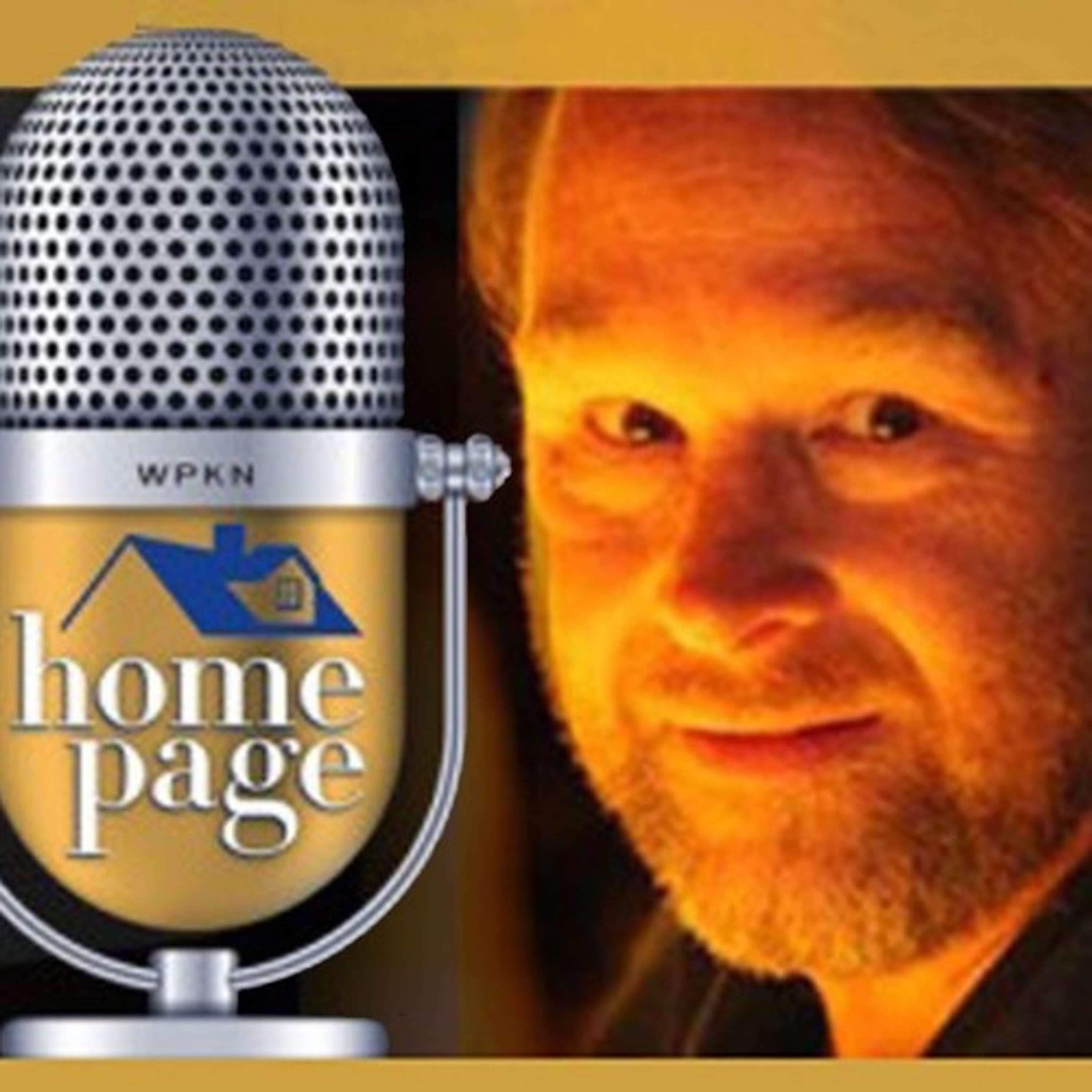Home Page Radio

Home Page Radio
Podcast Description
Home Page with Duo Dickinson – Whether it is in our homes or on our streets, humans experience what we make. Today we are all compelled to listen to our health in a time of threatened well-being – but what impacts us every day, impacting how we feel in the world we make for ourselves?
Podcast Insights
Content Themes
The podcast explores critical topics such as censorship in architecture, affordable housing, and the evolution of home design in contemporary society, with episodes like 'What is Beautiful?' discussing government influence on aesthetics and 'Every HOME' addressing the dichotomy of for-profit versus affordable housing creation.

Home Page with Duo Dickinson – Whether it is in our homes or on our streets, humans experience what we make. Today we are all compelled to listen to our health in a time of threatened well-being – but what impacts us every day, impacting how we feel in the world we make for ourselves?
12 NOON, Wednesday, September 17, 2025 WPKN 89.5 FM wpkn.org
After nine years (!) HOME PAGE RADIO at WPKN changes: this unique focus on the role of homes in our in our lives with live sharing of insights, becomes a forum for exploring design in our culture – not just its role in our lives now, but focusing on the radical changes that are happening. DESIGN NOW! will debut on Saturday, October 4, 7AM!
What will Artificial Intelligence mean to those dedicating their lives to innovative creation?
How will the internet change how we judge design beyond the instant superficial reactions of our meme-based/swipe left-right judgment?
Our perception of design is now instant and universal: and that immediate meaning is becoming directly associated with our politics: to what end?
How does technology redefine art?
What buildings are dead structures standing: awaiting abandonment?
Guests from HOME PAGE’s 9 years join us to comment on the home’s legacy – and what DESIGN NOW! can address.

Disclaimer
This podcast’s information is provided for general reference and was obtained from publicly accessible sources. The Podcast Collaborative neither produces nor verifies the content, accuracy, or suitability of this podcast. Views and opinions belong solely to the podcast creators and guests.
For a complete disclaimer, please see our Full Disclaimer on the archive page. The Podcast Collaborative bears no responsibility for the podcast’s themes, language, or overall content. Listener discretion is advised. Read our Terms of Use and Privacy Policy for more details.